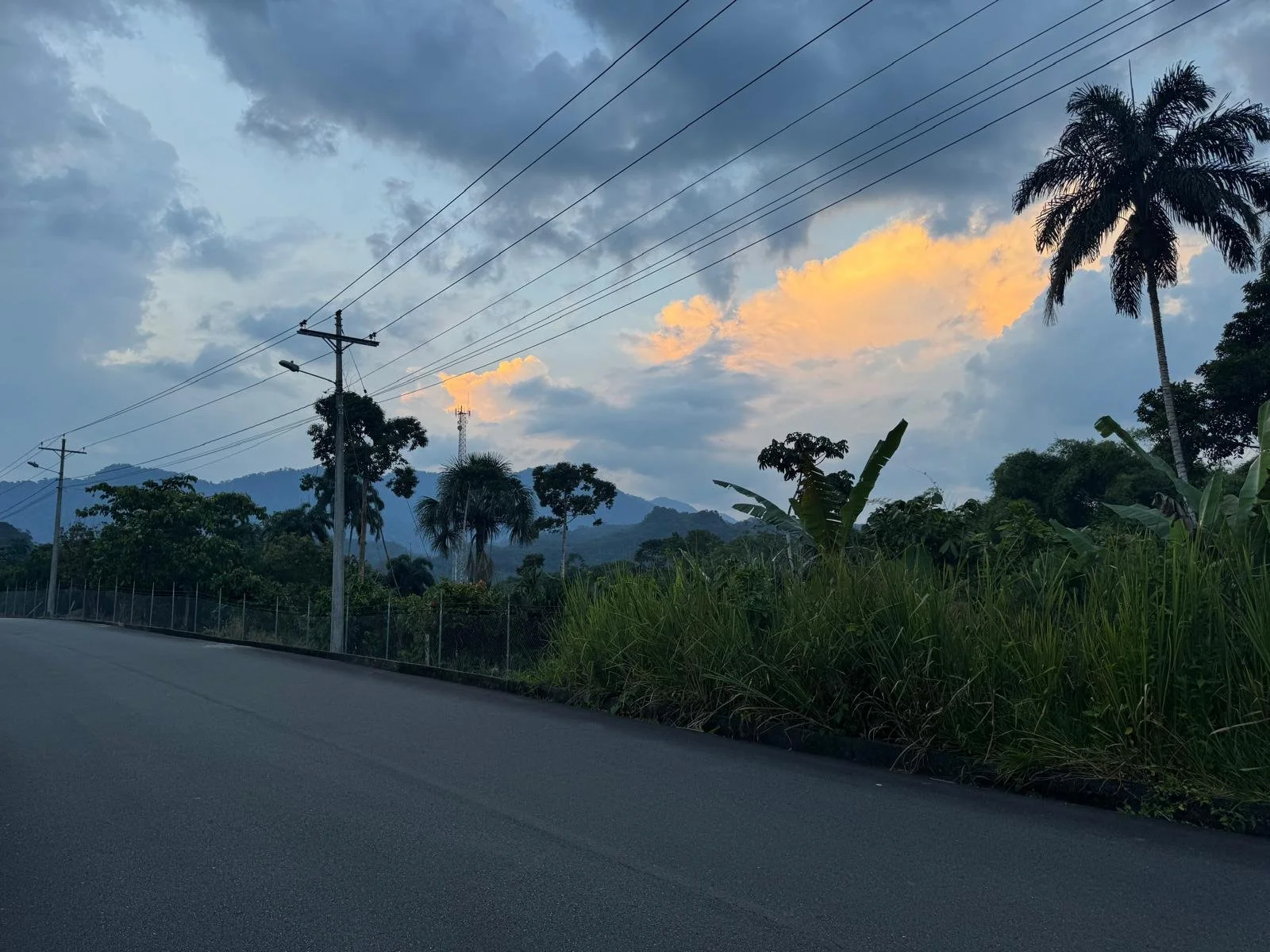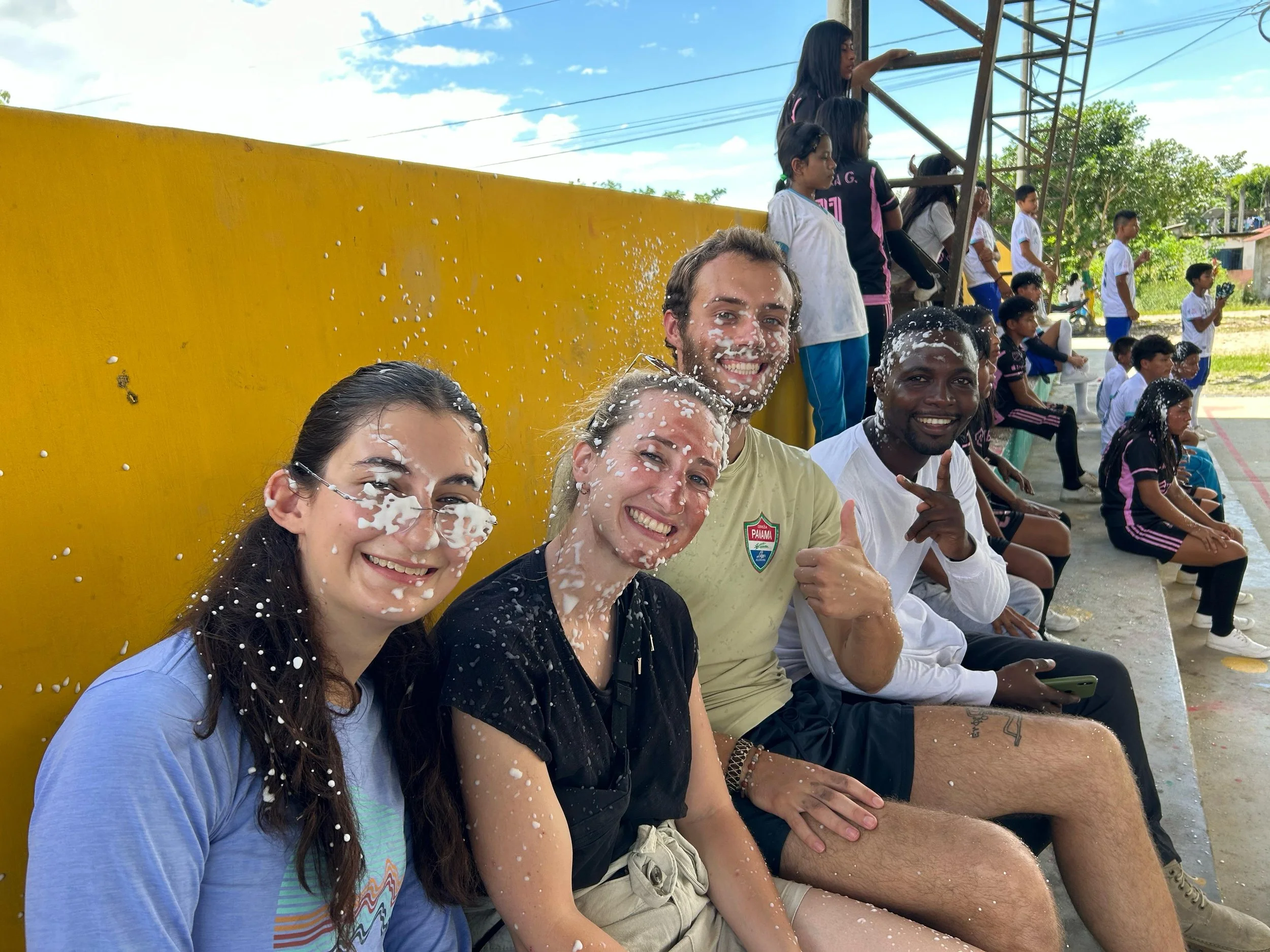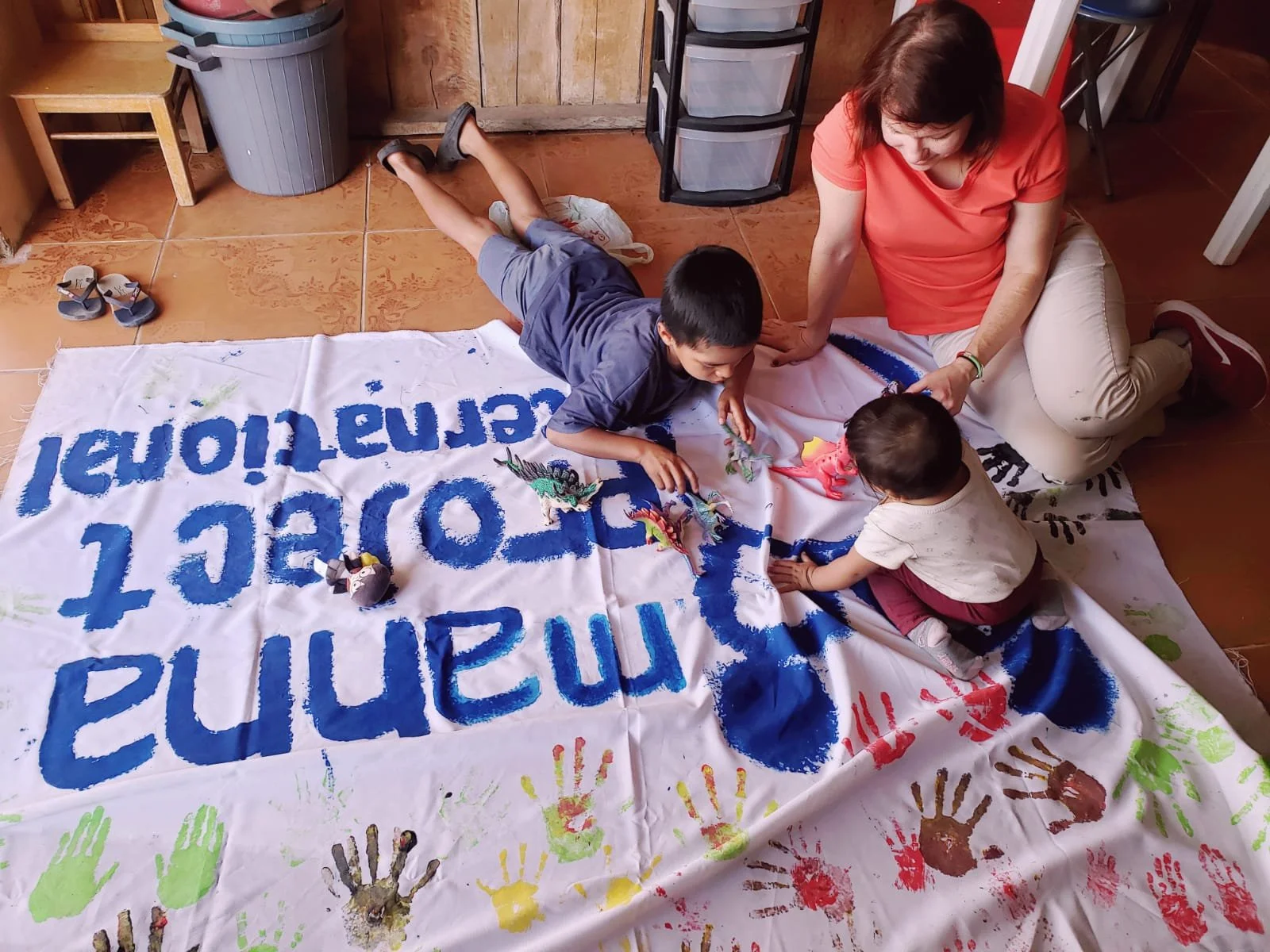Over the past three days, the Manna Project Ecuador team took a much-needed break as we headed to the coast for our Quarter 3 retreat. We headed out of the Andes mountains, home to our MPI site in the Los Chillos Valley, and down to the coast, to the beautiful beach paradise of Súa, Ecuador.
Ecuador is home to three distinct regions on its mainland: the coast, the mountains, and the Amazon rainforest; in all of our retreats we've been able to experience all of them! Although I'll always be partial to the mountains that we call home with Manna Project, the coast of Ecuador has some of the most beautiful beaches in all of South America, and it was so relaxing to spend some time on the beautiful white sand in front of the ocean!
One of the highlights of our trip was the incredible seafood that we ate at almost every meal. Súa is in the Esmeraldas province, and region with a mix of different influences and cultures, which gives it a unique and special cuisine. Some of the culinary highlights we enjoyed included:
Arroz con Camarón, a delicious dish shrimp, vegetables, and a special fried rice
Encebollado, one of Ecuador's most traditional dishes, a soup made from white fish and yucca, a root vegetable.
Ceviche, a dish made from fresh raw fish or shrimp, cured in lime juice and mixed with tomato, onion, and cilantro
...and every type of fish and seafood dish you can imagine!
It was wonderful relaxing at the beach with my fellow Program Directors and spending some time getting to know another area of Ecuador that's so different from the area of Quito and the Los Chillos Valley we've gotten to know so well during our time with Manna Project.

















































